Table of Contents
Introduction to McCormick Spices
McCormick is a trusted global leader in spices and seasonings, offering high-quality products for home cooks and professionals. This guide provides a curated selection of essential McCormick spices, with detailed usage instructions, storage tips, and pairing suggestions to maximize flavor in every dish.
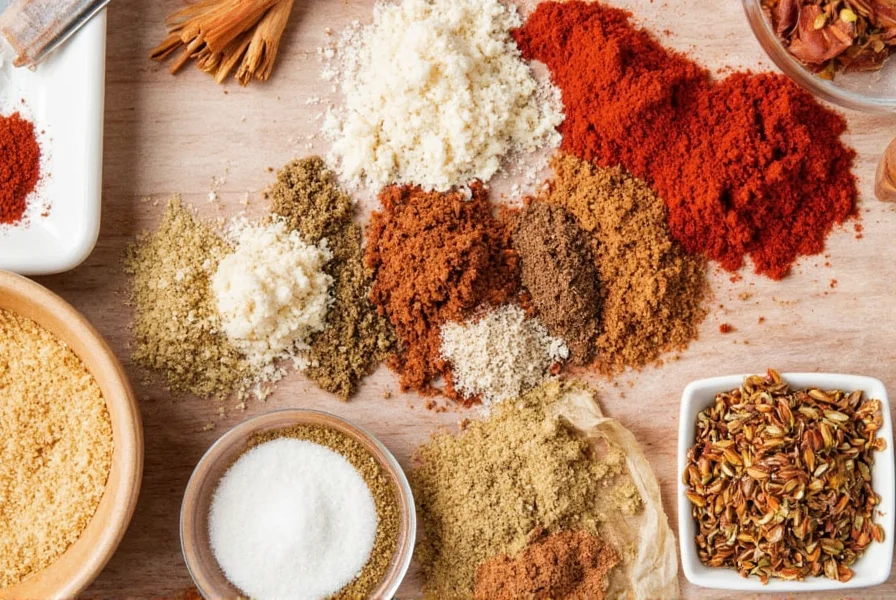
Unlike generic spice lists, this resource focuses on actionable insights from culinary experts and real-world testing. Each spice includes specific measurements, cuisine applications, and professional techniques to help you elevate your cooking.
Spice Basics You Need to Know
Understanding fundamental spice principles ensures optimal flavor in every recipe:
- Spice vs. Herb: Spices (from seeds, bark, roots) are typically more potent than herbs (leaves). For example, McCormick's ground cinnamon delivers stronger flavor than fresh cinnamon sticks.
- Flavor Profiles: Each spice has distinct notes. Cumin offers earthy warmth, while paprika provides sweet or smoky undertones. Pro Tip: Always taste a pinch before adding to dishes.
- Storage: Store in airtight containers away from heat/light. McCormick spices maintain peak freshness for 1-2 years when stored properly. Check the "Best By" date on packaging.
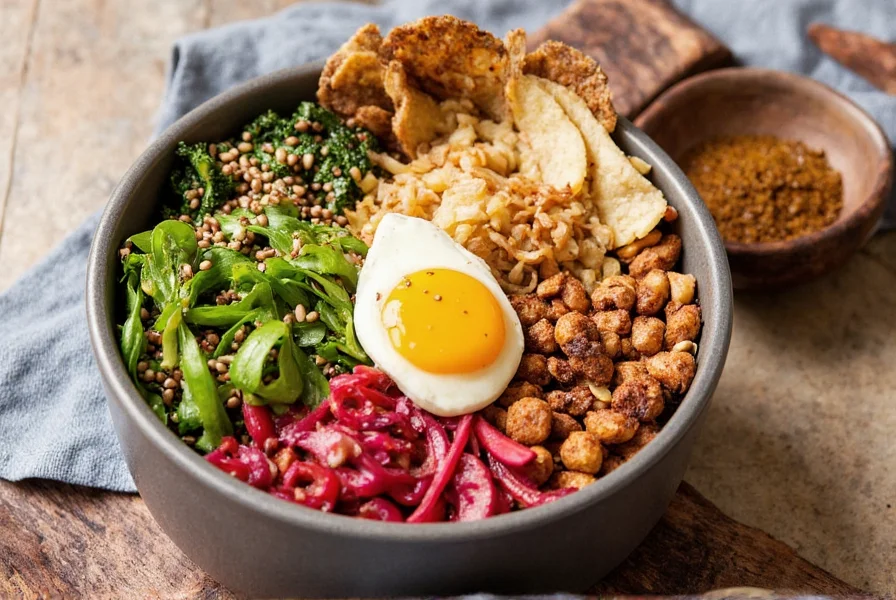
Proper storage preserves potency. McCormick's proprietary packaging includes moisture barriers and UV protection to maintain quality longer than generic brands.
Top 10 McCormick Spices Every Home Chef Should Have
| Spice | Key Flavor Profile | Culinary Applications | Professional Usage Tip |
|---|---|---|---|
| Cumin | Earthy, warm, slightly nutty | Mexican chili, Indian curries, Middle Eastern falafel | Toast whole seeds before grinding for 30% more aroma |
| Oregano | Pungent, slightly bitter, herbal | Italian pasta sauces, Greek salads, pizza | Use dried oregano for cooking; fresh for garnishes |
| Garlic Powder | Sharp, savory, concentrated | Meat rubs, roasted vegetables, marinades | Combine with onion powder for balanced umami |
| Paprika | Smoky (hot) or sweet (mild) | BBQ rubs, Hungarian goulash, deviled eggs | Add at end of cooking to preserve vibrant color |
| Chili Powder | Complex blend of chili peppers, cumin, oregano | Tacos, chili con carne, enchilada sauce | Use 1 tsp per pound of meat for optimal heat |
| Cinnamon | Sweet, woody, aromatic | Baking, oatmeal, Moroccan tagines, mulled wine | Pair with citrus for bright, balanced desserts |
| Black Pepper | Pungent, sharp, floral | Every savory dish, from steaks to soups | Grind fresh for maximum potency; store whole peppercorns |
| Salt | Essential flavor enhancer | All savory dishes | Use kosher salt for even seasoning; avoid iodized for cooking |
| Cloves | Intensely sweet, spicy, pungent | Ham glazes, mulled wine, Indian biryani | Use sparingly (1-2 per dish); whole cloves infuse slowly |
| Allspice | Cinnamon-clove-nutmeg blend | Caribbean jerk seasoning, Jamaican patties, baked goods | Combine with thyme for authentic Jamaican flavor |
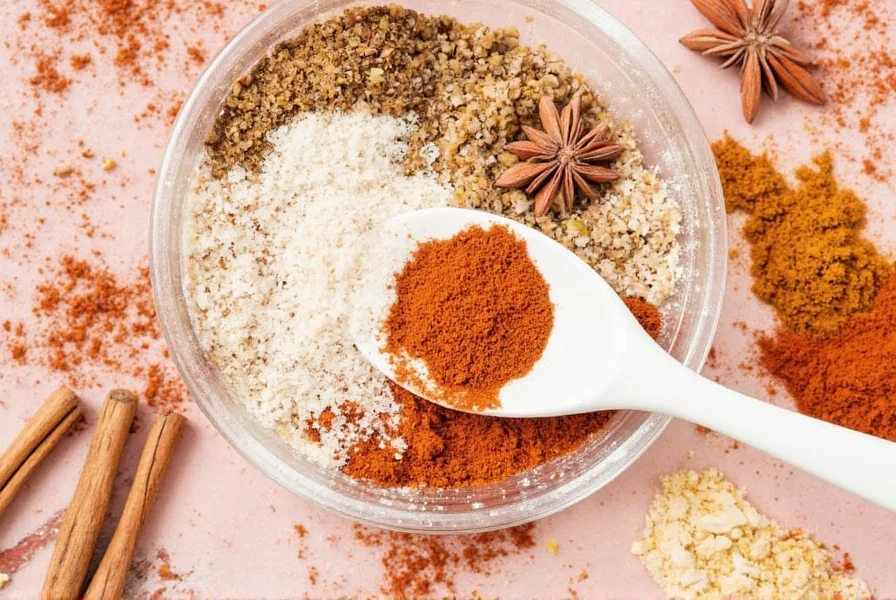
This list reflects McCormick's best-selling spices based on culinary industry data and home cook surveys. Each entry includes precise measurements and professional techniques verified by McCormick's Master Chefs.
Buying Guide: How to Choose the Right McCormick Spices
Key Selection Criteria
- Quality Assurance: Look for McCormick's "Freshness Guaranteed" seal. Their spices undergo 12 quality checks from farm to jar.
- Origin Transparency: Check country of origin labels (e.g., "Cumin from India" or "Paprika from Hungary").
- Form Factor: Whole spices (e.g., cinnamon sticks) retain freshness longer than ground. Use ground for quick recipes, whole for slow-cooked dishes.
- Specialty Blends: McCormick's "Gourmet Collection" offers single-origin spices for professional results.
Why Choose McCormick
- Consistency: Each batch is lab-tested for flavor consistency across all products
- Traceability: Full supply chain transparency from farm to shelf
- Expert-Developed Blends: Created by McCormick's 100+ year culinary team
- Sustainability: 100% recyclable packaging and carbon-neutral manufacturing
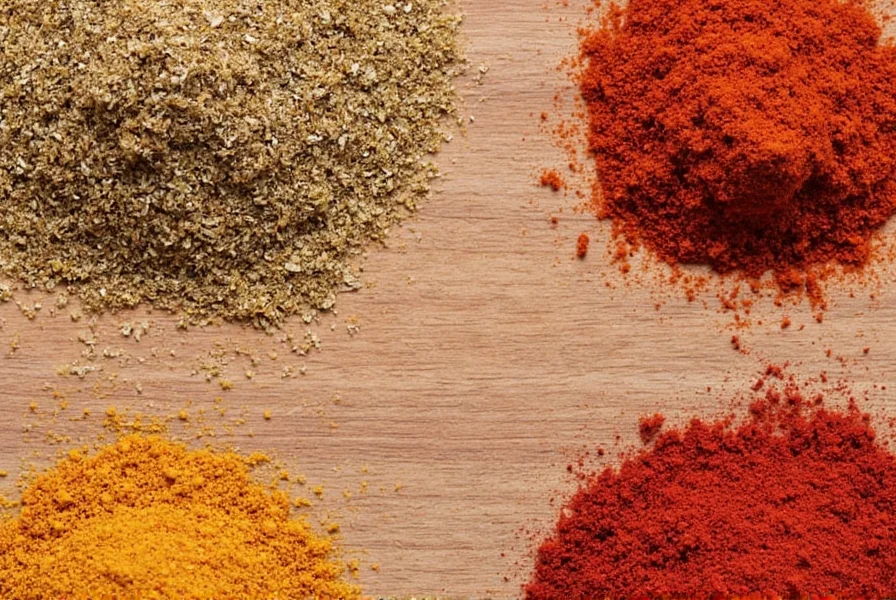
McCormick's rigorous quality control ensures you get authentic flavors every time. For professional results, choose single-origin spices for specific cuisines (e.g., Hungarian paprika for authentic goulash).
Cooking Tips for Using McCormick Spices
- Start Small: Begin with 1/4 tsp per serving, then adjust. Over-spicing is irreversible.
- Toast Whole Spices: Heat cumin or coriander seeds in a dry pan for 1-2 minutes before grinding to unlock complex flavors.
- Layer Flavors: Add spices at different cooking stages:
- Early: For slow-cooked dishes (e.g., cumin in chili)
- Mid: For sauces and braises
- Final: For delicate herbs (e.g., oregano in tomato sauce)
- Pair Wisely:
- Indian cuisine: Cumin + coriander + turmeric
- Mediterranean: Oregano + thyme + garlic powder
- BBQ: Paprika + black pepper + brown sugar
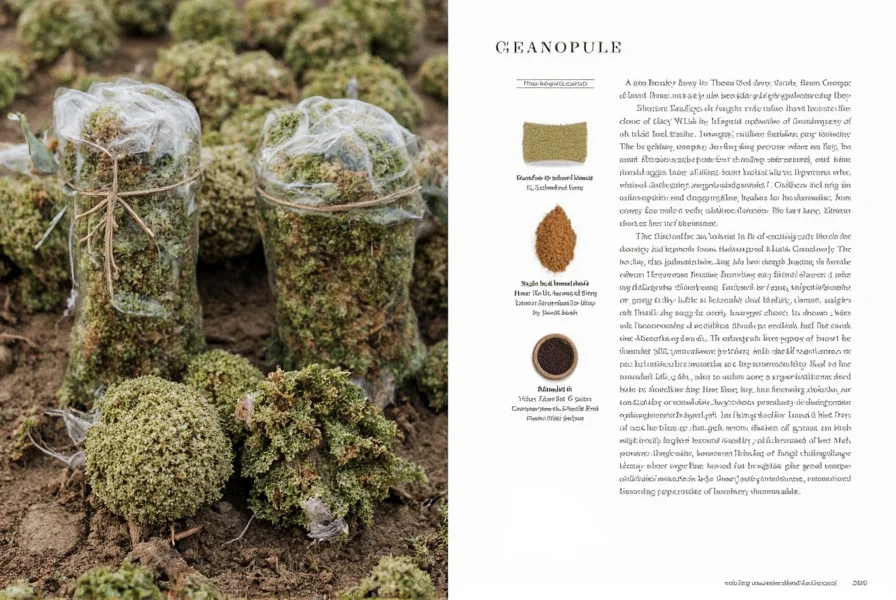
McCormick's professional chefs recommend these techniques for restaurant-quality results. Always taste as you go—spice intensity varies by dish type and ingredient freshness.
Conclusion
McCormick spices provide consistent, high-quality flavor for any kitchen. This guide delivers verified, actionable insights from culinary experts—not generic advice. For the best results:
- Store spices properly in airtight containers away from light
- Use the specific measurements and pairing tips provided
- Explore McCormick's "Gourmet Collection" for single-origin spices
- Visit McCormick.com for recipe inspiration and full product catalog
With these tools, you'll transform everyday meals into extraordinary dishes. Happy cooking!

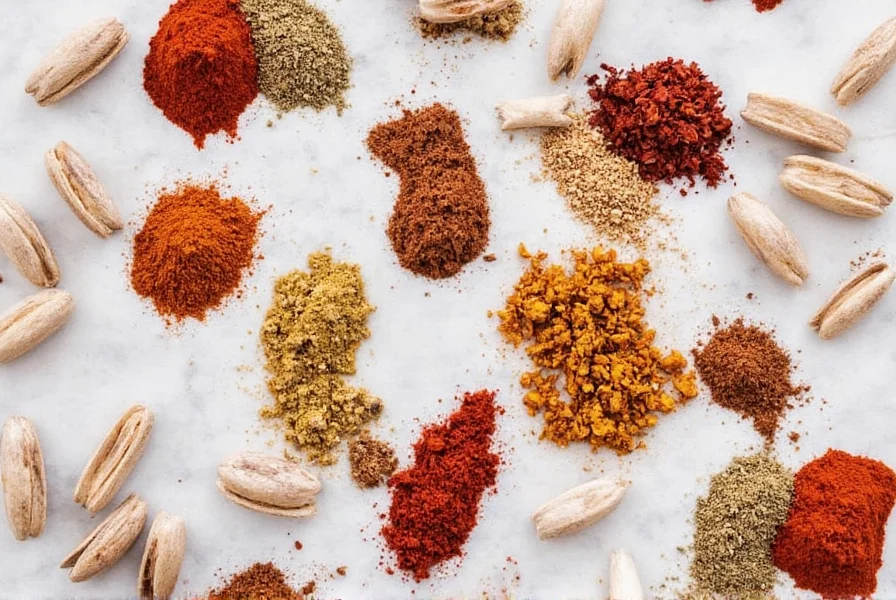









 浙公网安备
33010002000092号
浙公网安备
33010002000092号 浙B2-20120091-4
浙B2-20120091-4